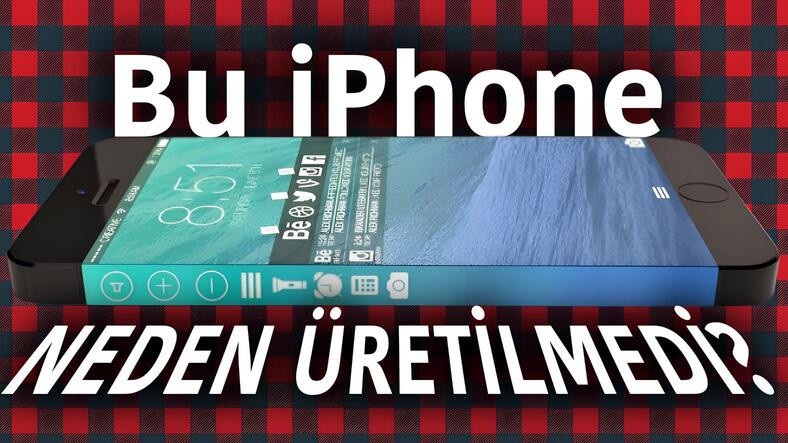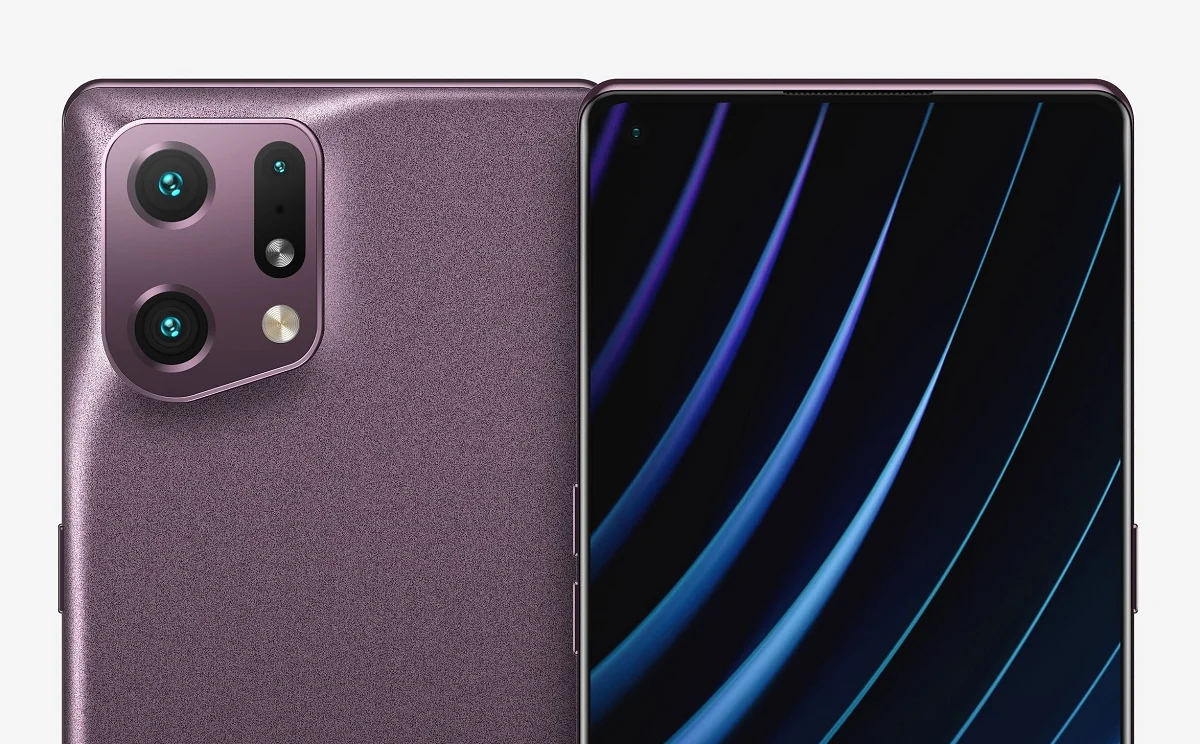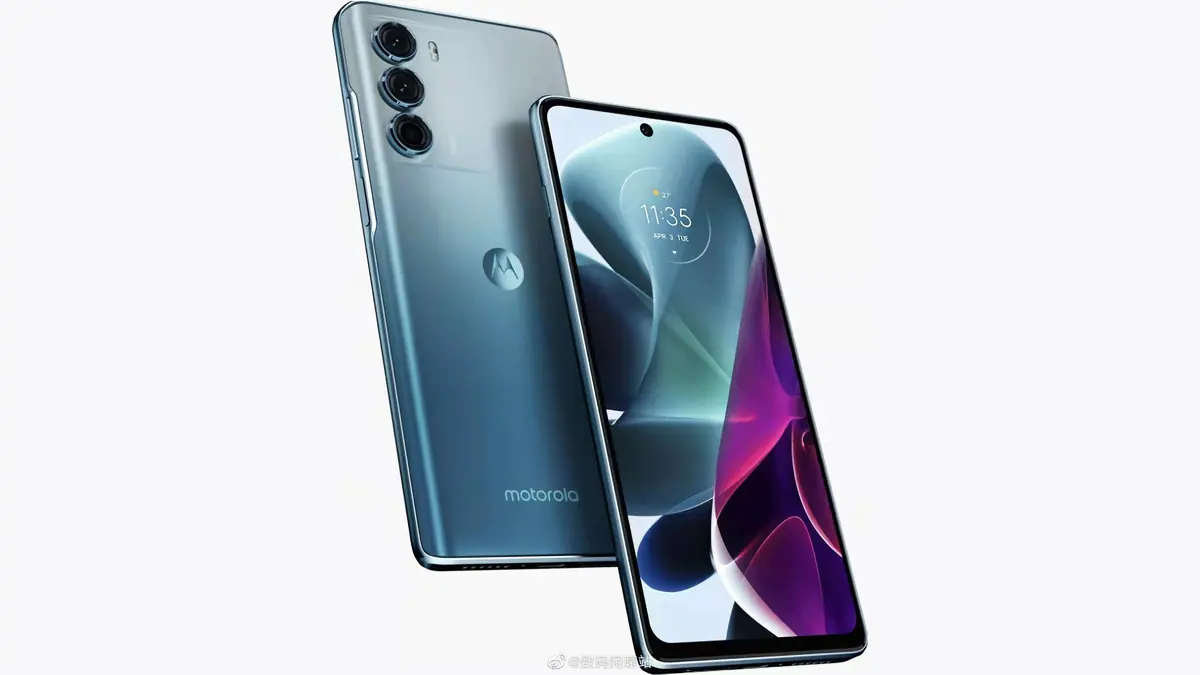Apple has changed the iPhone design many times over the years. Yes, Apple’s design changes have been much less frequent and minimal compared to competitors like Samsung and Huawei, but they are loyal iPhone The majority of users argued that it was better to make small changes to the design because they already liked the current design and a big change could change their usage habits. Maybe they didn’t want Apple to say anything, we don’t know…
While Apple actually makes small touches to the design, we’ve seen crazy iPhone concepts before every iPhone launch. However, since the iPhone 6, Apple has become more conservative in design and the number of concept designs has decreased significantly. The biggest design change expected from Apple these days is Move FaceID below the screen and it comes with a punch hole screen just like Android phones. Years ago, we dreamed of seeing many more innovative designs, but it wouldn’t be wrong to say that one of the concepts that went viral remained in our hearts.
The concept iPhone we were all excited about for a while was as follows:

If you’re old enough and have a mild interest in technology, you’ve probably seen the above iPhone concept at least once. This concept, where the design of the iPhone 5 meets the “edge”, that is, a curved screen, was the dream of many people in those years. However, as you all know, Apple never released such an iPhone. Okay, Apple, almost everyoneEven if it comes out, let’s buy it!Why didn’t he ever pick a design he said was “”? There are three main reasons for this:
Producing an iPhone with this design is almost impossible even today
Samsung’s first phone with a curved screen Galaxy Note Edgewas introduced ten years ago today. Samsung continued to use curved screens, albeit to a lesser extent, for 9 years until the Galaxy S24 Ultra. However, as you can see in the image above, Samsung used screens with much wider angles and minimal curves. Additionally, Samsung has also reduced the amount of curvature on the screens with each model.
In the shared concept we see a curved screen with a narrow angle. Nowadays, even the screens of foldable smartphones can no longer be folded into such a narrow angle. That’s why such a curved screen wasn’t available 8-10 years ago. It was probably impossible to produce. Even if it were possible, it would require extremely extensive R&D work, which likely means Apple would have to spend billions of additional dollars. This fact brings us to the second article.
The price of such an iPhone would be much higher than that of ‘normal’ iPhones

Although many people first look at features such as camera, storage space and processor when looking at a new smartphone, the most expensive parts of smartphones are their screens. In other words, screen features are the factor that most influences the price of flat-screen iPhones currently on sale. Using OLED panelDetails like offering high refresh rates drive up iPhone prices.
As you can imagine, curved screens are much more expensive than standard screens. Furthermore, as you can imagine, a narrow curved screen that has never been produced before would be much more expensive. Apple will either reduce its profit margin and at least reflect this cost difference in prices, or reduce the cost difference eight to ten years ago. Even the current iPhones are an expensive iPhone We would be confronted with it. As you can imagine, this wouldn’t make any sense from a business perspective.
Such an iPhone has never been produced, because why would it be?

If you look closely at the concept, you will see that there are extremely wide frames in the handset and TouchID section. This is completely normal because phones with end-to-end screens were not yet on the market in those years. While this is the case, Apple’s design works Should we get rid of thick frames or should we develop curved screens? Would focusing be a more logical choice?
Let’s stop and think. What benefit would it be to you to have a screen next to the phone you use? On this screen you cannot browse social media, send messages, watch videos, use the camera, play games… So What will this screen do? It will likely offer virtual buttons instead of physical keys. In this case, you’ll obviously have to turn the phone sideways to make sure you’re touching the right place, even to turn the sound on or off. In other words, the user experience is more likely to decline than improve.

Apple took what made sense to most of us and turned its focus to increasing the screen-to-body ratio, moving from the bulky design of the iPhone 7 with thick bezels to the large screen of the iPhone If you consider how much a wider screen improves the user experience, the concept that is the subject of this content certainly suggests that an ultra-curved screen like the iPhone is not necessary. We are convinced. Samsung must have been convinced of this, and it finally said goodbye to curved screens with the Galaxy S24 Ultra.
Follow Webtekno on X and don’t miss the news

















